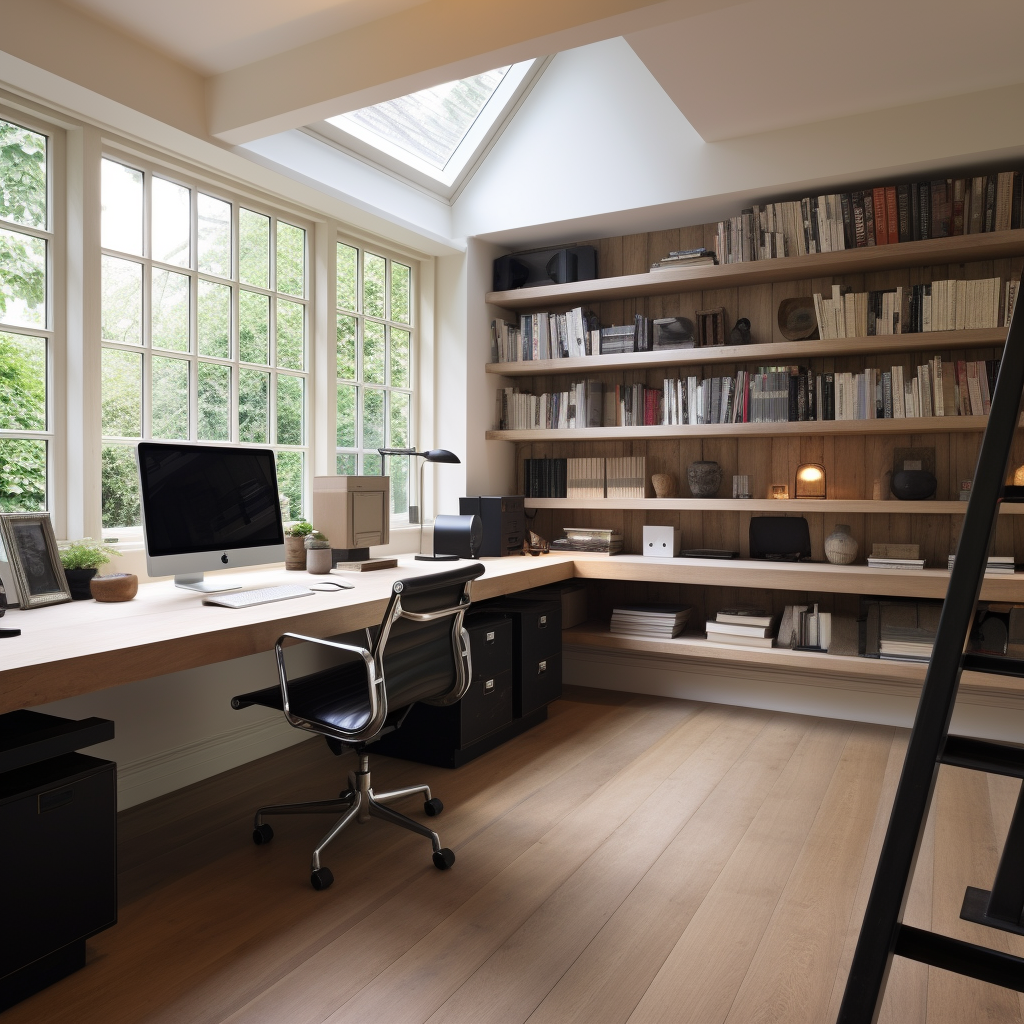
What is the best office chair for sciatica?

Trying to find the perfect office chair can be hard enough, but what if you or your employee suffers with back pain?
There are numerous types musculoskeletal, nerve, muscle, joint pain etc. that can either result in sitting in the wrong type of chair or be a pre-existing condition prior to sitting in a chair.
If you are spending long periods of time sat down at work, say Monday - Friday, 9 - 5, you’ve probably experienced a back niggle or two. But some conditions come more serious than this. Sciatica being one of them.
Trying to find the best chair for sciatica may be daunting but it really doesn’t have to be complicated or even expensive. A1 Office Furniture have a variety of ergonomic and executive chairs for your comfort and affordability.
You’re probably thinking you need a high-tech chair that is going to cost you an arm and a leg, but this really isn’t the case.
Understanding your diagnosis and using your symptoms to highlight your individual needs, can go along way when looking for a chair to purchase.
What is Sciatica?
Sciatica refers to pain that runs along the sciatic nerve. This nerve runs from your lower spine, surrounding hip area, around the buttocks and down the leg region.
Sciatica is caused be compression or irritation to the lower lumbar.
You may have noticed lumbar support being a mechanism on office chairs, and this is something to remember.
Sciatica can come on suddenly and be extremely painful.
It can cause symptoms such as lower back pain, burning or tingling in the affected areas, hip pain, weakness in the legs and shooting pains making it difficult to stand. These are just a few of the symptoms can vary depending on the individual.
There are treatments for sciatica, and if you’ve been diagnosed then it is always best to follow your healthcare advisor’s treatment plan.
These may include stretching, limited bed rest, hot and cold compressions and anti- inflammatory medication.
If you are desk bound the majority of the day, it’s probably no surprise if you can relate to these symptoms or have been diagnosed with the above.
And that is why it is important to consider your individual needs when it comes to choosing an office chair.
Choosing the right chair can assist with alleviating your sciatica, but also preventing it.
How to choose the right chair
When it comes to choosing your perfect chair, it is probably best to review the following mechanisms, and to ensure you chair has them.
Seat dept adjustment
Something that often gets overlooked, but you want to ensure the base of your spine is pressed against the curvature of your chair.
If you are tall, you need more seat depth in comparison to someone who is short.
Height adjustment
Probably the most important mechanism of them all. When you are sat up straight with your feet flat on the ground, you want the height of your seat to be able to have your knees every so slightly above your hips. This allows blood flow to the lower body, and causes less pressure on the pelvis, hips and lumbar
Lumbar support
A chair that has lumbar support is a must if you have sciatica. The lumbar support should mould the lower part of your spine to ensure it can be supported when you are sat firmly against the back of the chair. This will also help take any pressure off the lower spine.
Armrests
If the armrests are adjustable, then even better. By supporting your arms, especially if using a computer, you put less strain on the upper back. With the upper back kept comfortable, it reinforces a good alignment with the lumbar, and therefore doesn’t disjoint the movement between the two.
Swivel mechanism
You want to make sure that your chair has the ability to move, so your back doesn’t have to. If you were to twist your back, you could cause irritation to the sciatic nerve.
Strong castors and base
This is ultimately what holds your weight up whilst you’re sitting.
You want to ensure your chair is offering you an all-round support.
These are just a few of the components you should look for, but by pinpointing your symptoms and knowing exactly what you need can help determine what chair is most suitable in the long run.
Ergonomic chairs
The ergonomic chair is designed specially for those with back pain. It helps with both assisting and preventing future pain.
Most ergonomic chairs will contain all the features above if not more. They are designed using a breathable mesh material, to provide flexibility and comfort, whilst some even offer a headrest; like the Rocket Ergonomic High Back Executive Mesh Chair with Chrome Base Certified for 24 Hour Use. It’s at an affordable price of £250.00 (+ VAT) reduced from £289.40) it won’t be beaten on price or comfort.
Executive Chairs
This is the king of all office chairs. It has all the components you need, alongside added comfort and luxurious style.
a1officefurniture.co.uk offer the Shar High Back Mesh Synchronous Executive Armchair with Adjustable Headrest And Chrome Base at just £265.20 (+ VAT) down from £300.00. An outstanding saving for a top of the line chair.
This chair offers a generously proportioned backrest and seat, a fully reclining tilt mechanism and a large nylon based fitted with twin wheel castors.
You won’t be disappointed with this chair as it will offer you endless comfort.
Chairs are subject to availability.
Related Questions
How should you sit in an office chair with sciatica?
Sitting correctly is easier said then done, but with sciatica you really need to try your hardest to sit in a way that causes at least pressure as possible on your lumbar spine.
By sitting with your feet flat on the floor, with your knees slightly higher than your hips, can alleviate this pressure.
It’s important to note that you should try and avoid crossing your legs if possible and not to lean to a particular side.
It's also recommended to stand up and move around every 30 minutes to an hour to reduce the strain on your lower back and sciatic nerve.
Is a reclining chair good for sciatica?
A chair with a reclining component can help support the back into comfortable positions, but you always want to ensure that it is lockable as well.
A recliner can allow flexibility and cause less pressure on the nerve, whilst a locking mechanism can also help keep you upright.
Are you interested in office furniture ergonomics? Read our complete guide.









